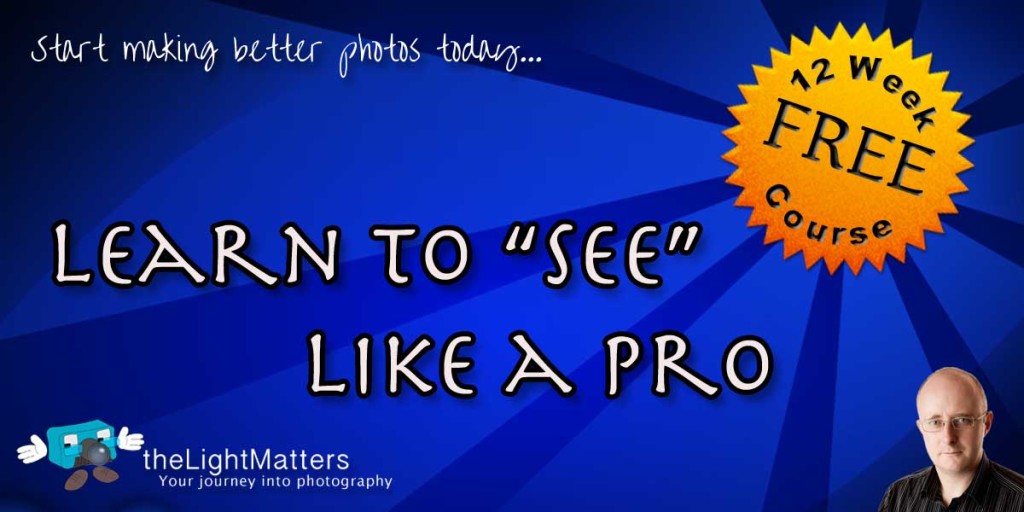
How to run a successful photo-shoot
Running a successful photo-shoot is all about Preparation, Planning, Communication and Leadership. As the photographer, it’s your responsibility to deliver the images and you’re 100% accountable for anything and everything that happens on your shoot.
Don’t be fooled into thinking a successful photo-shoot is all about creating amazing images — the photography is only about 10-20%. Most of the work is in organising and leading your team. When you get that bit right, creating amazing images is far, far easier.
This article looks at what you need to do for a high-end shoot. Not every project needs this amount of detail so just pick out the bits you need.
Pre-booking preparation…
Preparation and planning are your friend. Just turning up on the day and trying to wing it isn’t going to cut it and about all you’re going to guarantee is the client will shop elsewhere next time.
The first two things you need to properly prepare are the client’s brief and their shotlist. Even if you’re running a photo-shoot for yourself, I’d urge you to produce them.
The Photo-shoot Brief…
…defines the goal. It’s the “what” and “why” of your photo-shoot. Detail is good but be wary of too much as it could be too prescriptive and limit your creativity. No detail is also bad; it’s a warning signal your client doesn’t know what they want.
The Shotlist…
…is the client’s shopping list and your list of deliverables. For the shoot to be a success, you need to deliver every image on this list.
Many photographers don’t realise this but the brief and shotlist are negotiable items before your client books you. They’re also the basis of your pricing. If the client wants to negotiate on price one powerful counter strategy. is to negotiate on content — as they argue the price down adjust the content accordingly.
Pro Tip: to run a successful photo-shoot, make sure your client agrees to any revisions of the brief and shotlist. If you don’t you’re setting yourself up for a major failure downstream.
People, props and location/set will dictate budget. Compare what you’ve been allocated to how much you need. The two are rarely the same at this stage so you’ll need to make changes and negotiate accordingly.
Pre-shoot preparation…
Now you have a confirmed booking and know what the client wants, it’s time to start your main preparation. Some of this will probably have started at the pre-booking stage, particularly location/set ideas and your team.
- Work through the brief and shotlist and come up with your initial ideas
- Look for sample images on the internet (Pinterest, Google image search) to use for inspiration
- Put together a moodboard to capture your ideas
- Scout your location
- Find (and book) your team
Your goal here is to get enough information together to successfully communicate your ideas to both the client and your team.
Planning…
Plan your shoot from start to finish based on your shotlist working out what you need, who you need and how much time to allow to prep and shoot it.
If you don’t have a shotlist by now, you’re in ‘blag it on the day’ territory!
Prep time and shoot time will affect the overall timings. Again, compare what you’ve written on your shotlist against the total time for the shoot. As with budget, the two rarely tally at this stage so you’ll need to make changes.
Your goal is to create a plan that’s within both budget and time constraints. If you can’t balance them both you’re going to struggle.

Next create a schedule, based on your shotlist. It’s very similar to an agenda for a meeting — itemise each shot from your shotlist, in the order you’re going to make them and allocate times against them. This is an example of something I’ve done for a previous client…
The secret is to have as much happening in parallel as possible and only book team members for as long as you need them. In this example, the make-up artist was only required for the first 2-hours, not the whole day. Also, because the set and lighting was the same throughout the shoot we only had one set-up for the whole day.
Note there was an element of risk with this plan. If the model’s make-up needed fixing later in the day we had no make-up artist on hand but the client was comfortable with this approach.
Communication…
Communication is crucial to running a successful shoot. It gets exponentially more complex as the number of people involved is increased.
- Make sure you’ve booked and confirmed every member of your team well in advance. If you’ve not heard back from someone, you’ve not booked them!
- Send out call sheets to each team member in advance of the shoot telling them (a) when the shoot is (time and date), (b) where the shoot is (full address) and (c) what the brief is. You should also include any special requirements such as ‘no cameras on set’ if applicable and appropriate.
- Discuss the brief with your team beforehand so they can prepare too. Your don’t want them winging it on the day!
- Make sure everyone has a copy of your shoot plan in advance and bring extra copies on the day as someone will have lost or forgotten theirs.
If you’re running the shoot, it’s your responsibility to make sure everyone knows what they’re doing, when they’re doing it and where they need to be.
Leadership…
You’re in charge! You’re 100% responsible and accountable for everything and anything that happens. Your goal is to make and deliver the images and to achieve that you need the help and support of your team.
- Keep them focused on the task
- Keep them enthused and full of positive energy
- Keep them informed about what’s going on
If something breaks or isn’t going to plan, work with your team to resolve it quickly and effectively. Time on set is scarce enough and very expensive as it is without wasting it unnecessarily.
As I’ve written about on theLightMatters blog several times, “Photography is a team effort” — if you look after your team, they’ll look after you.
And above all…
…make sure you and everyone working with you has a great experience so they’ll come back for more.
Pssst… Would you like the templates???
I have several templates I use for planning my shoots and communicating with my team. If you think they would be useful to you, leave a comment and let me know. If there is enough demand for them I’ll make them available for free download.



this is really useful. i mostly do headshots but i want to move into bigger shoots and magazines. thanks for sharing